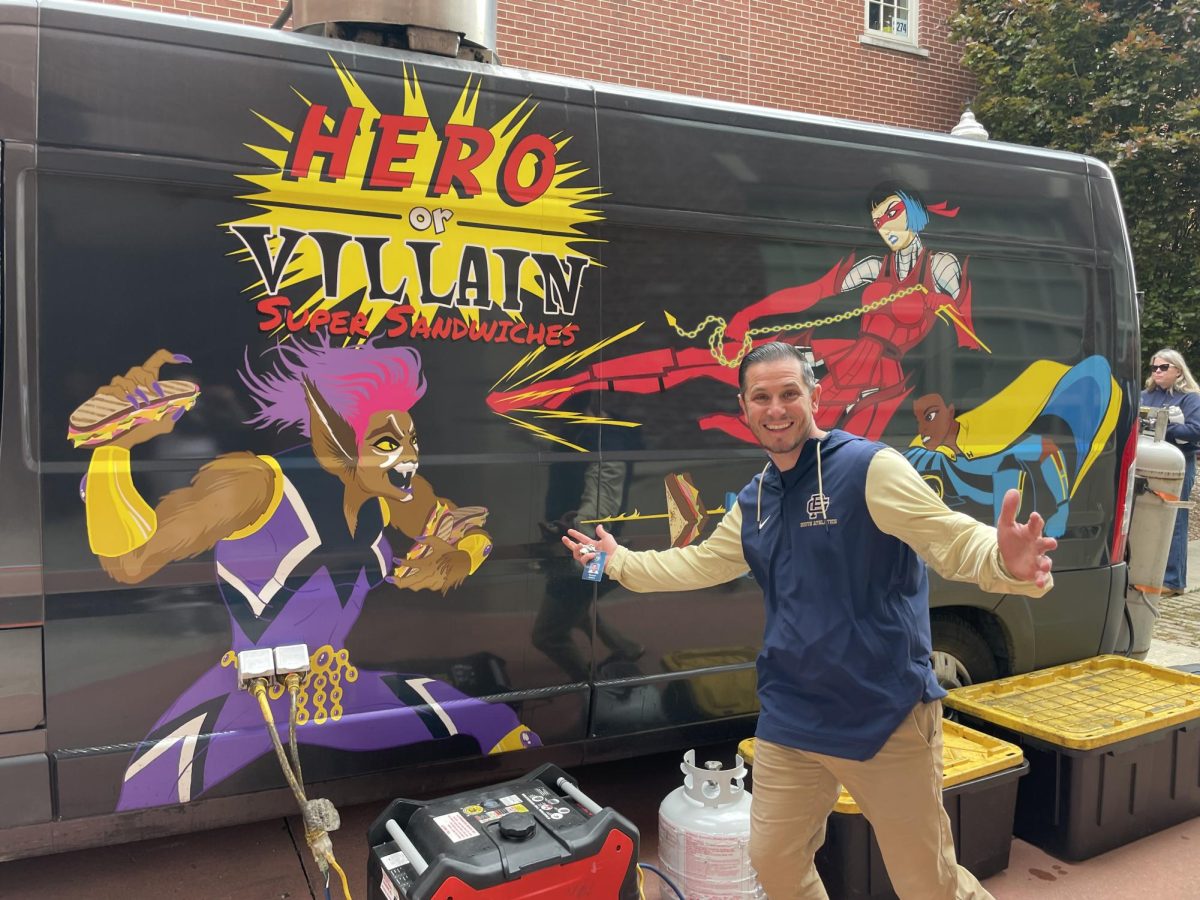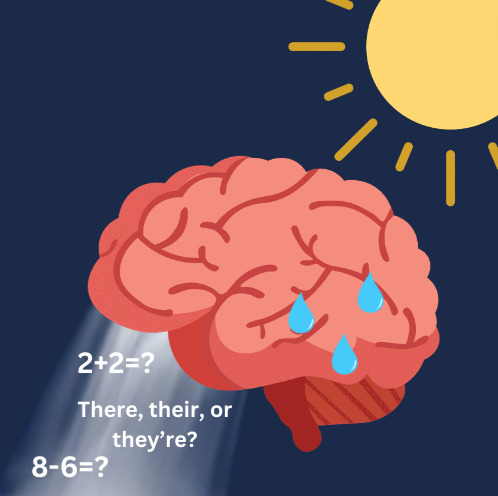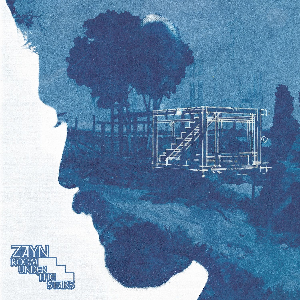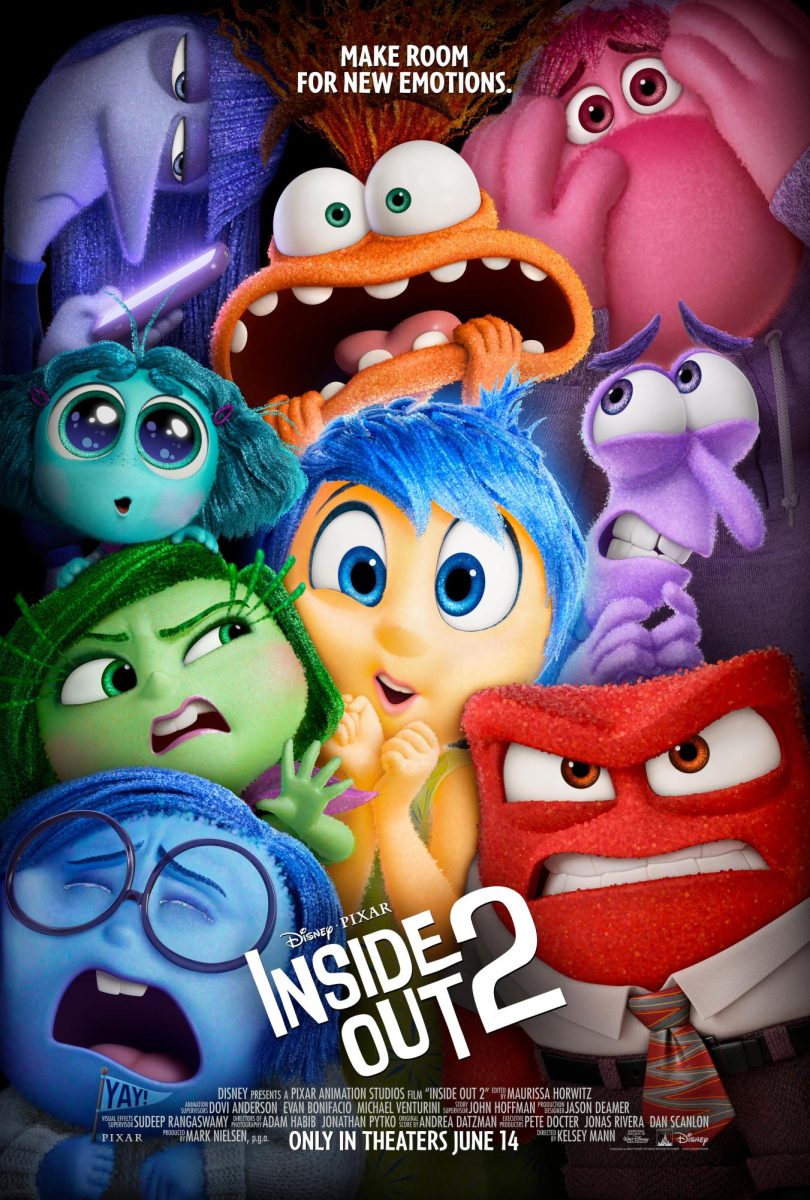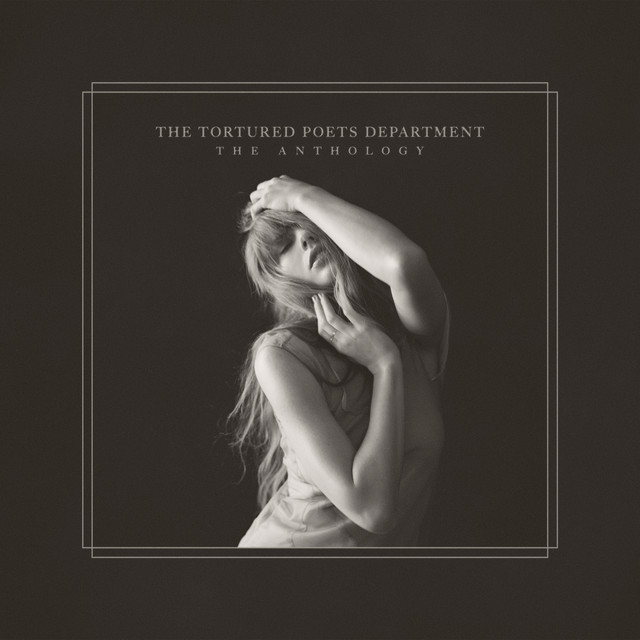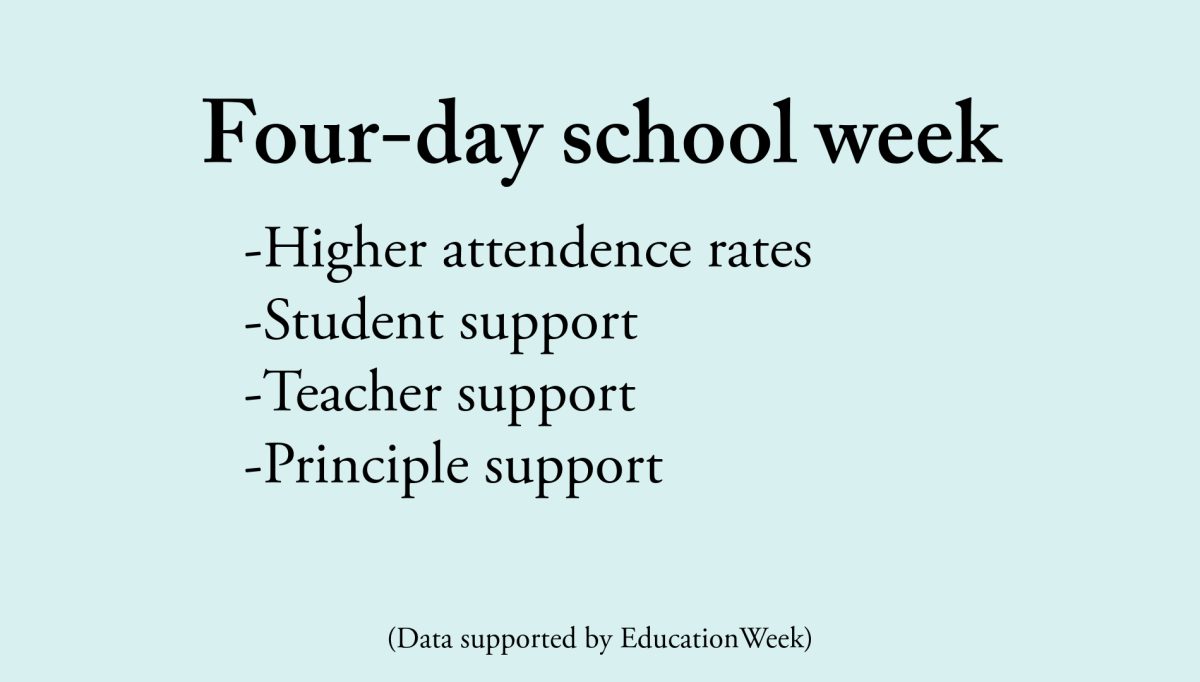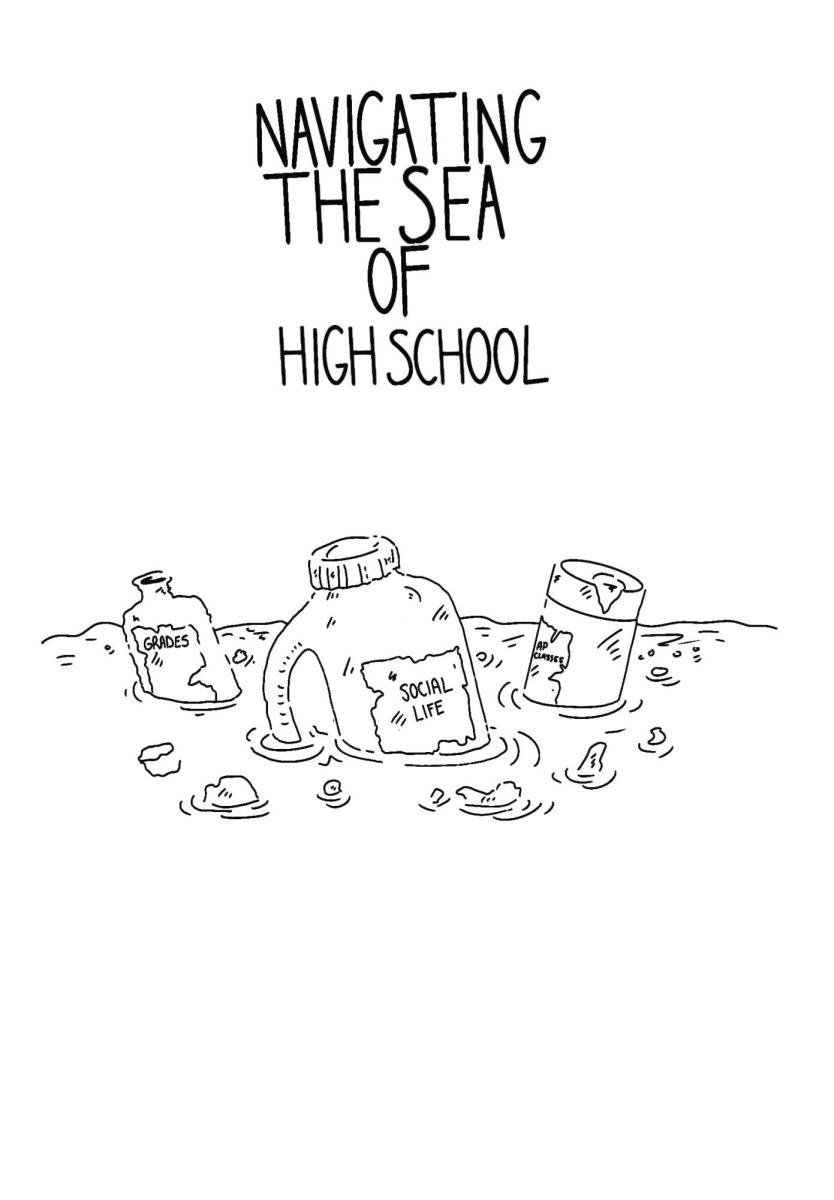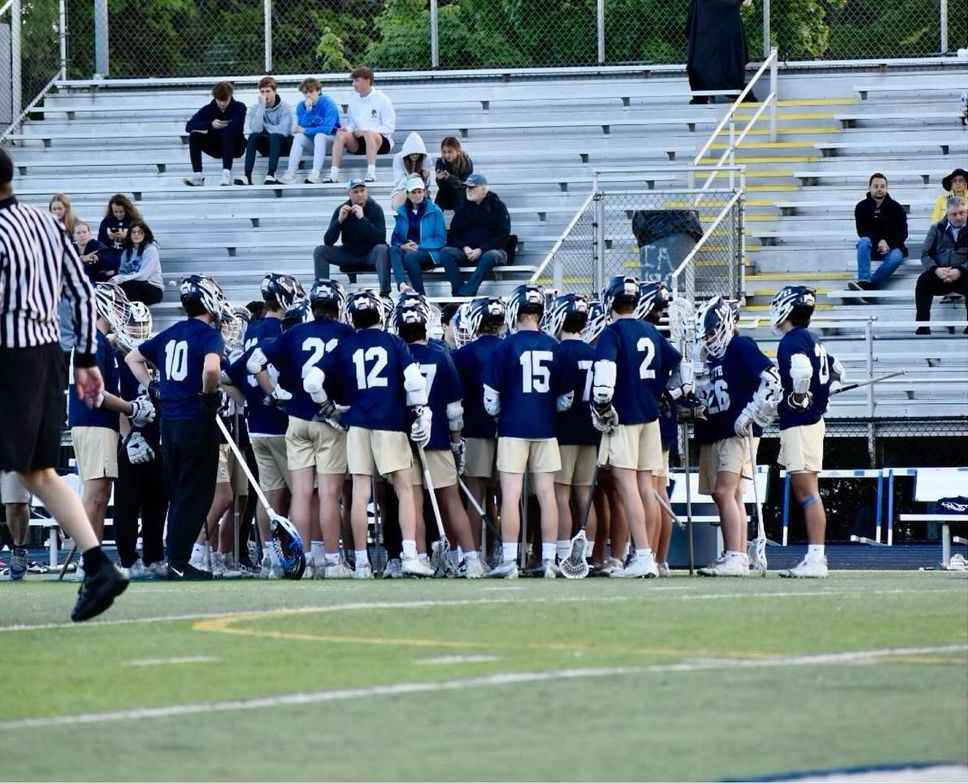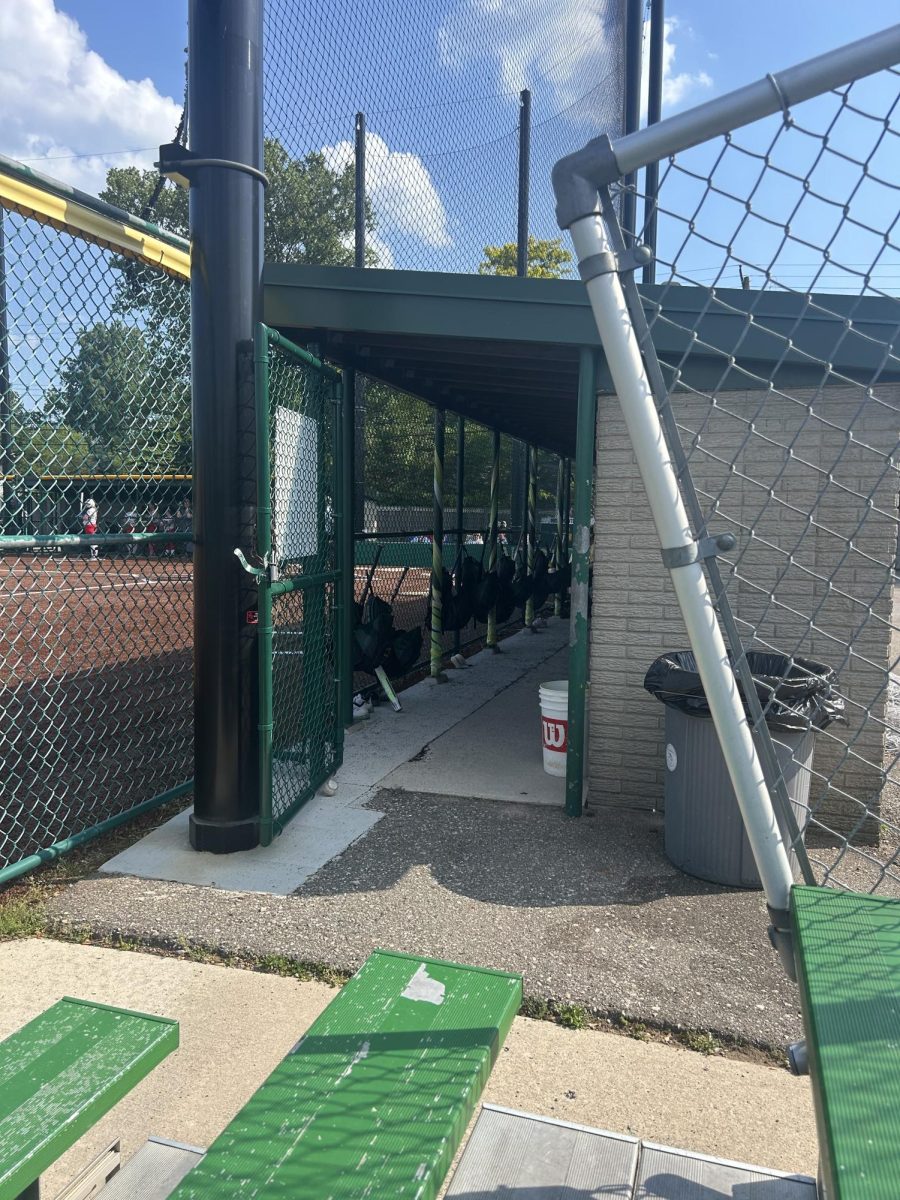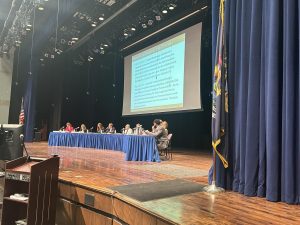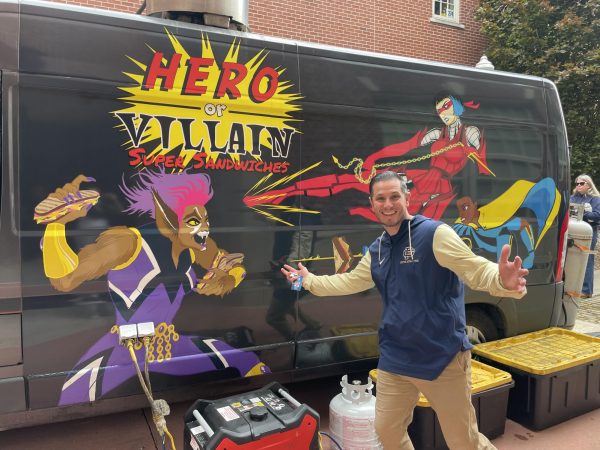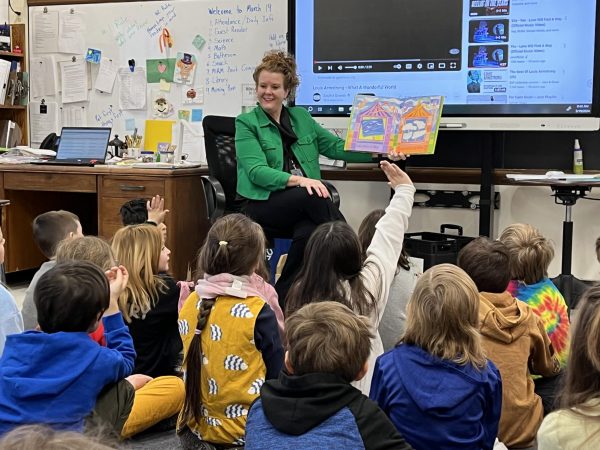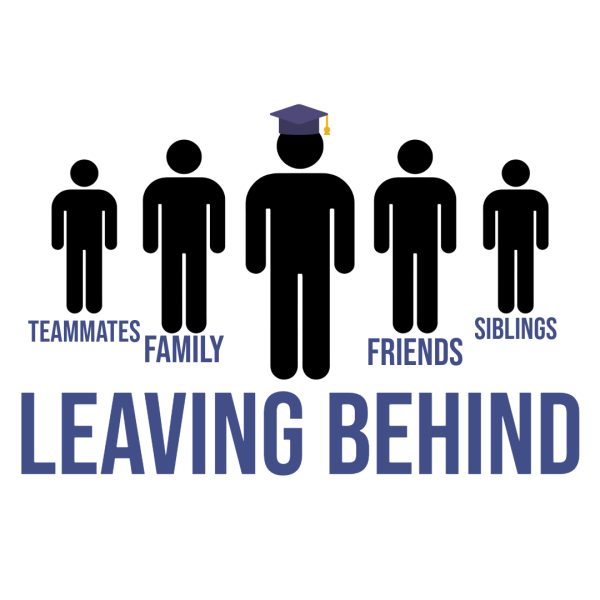Application participation changes after COVID years
October 17, 2022

Students prepping for standardized tests or working on the college application process can often feel overwhelmed or stressed. (Amanda Frantz ’23)
With the early action deadline approaching quickly for colleges, some South seniors are preparing to submit applications by Nov. 1. The ability to submit to college is now easier than ever thanks to the Common Application, a website thousands of colleges use as an option to submit to their school. Though the common app has its perks, the ability for students to submit applications anywhere with the press of a button has caused a major rise in applications, resulting in admission problems for schools.
“The first year that both Michigan and Michigan State went onto the common app, their applications skyrocketed,” counselor Beth Walsh-Sahutske said. “Because of this, it became tricky for colleges to look at an applicant and try to figure out if the person really wants to apply there or if they’re just throwing it in for fun because it’s easy.”
A common occurrence that has rooted from the usage of the common application is that students are using it as a resource to expand their college options to schools they hadn’t thought of before. Carrigan McGraw, graduating class of ‘22, is now a freshman at MSU and reflects on the positive effects of the common application.
“Michigan State University was my second choice school but I applied to a number of different schools, just to ensure I had some safety and reach options,” McGraw said. “I definitely would not have applied to some of the schools I did if I hadn’t used the common app because of how time consuming it would be.”
More students are applying to colleges than ever due to the accessibility of the common application. An increase in eagerness to receive higher education is an effect of the common application, but now colleges need to learn how to accommodate all of these students and gauge how many to accept.
“Schools become more competitive because there are a lot more applications,” Walsh-Sahutske said. “Just because there are 55,000 applications doesn’t mean they can’t let you in, because some people who applied will say no, which requires admissions to do a lot of guessing and predictions with who will commit and who won’t when they send out acceptance letters.”
Schools like Michigan State University accepted too many seniors in the 2021-2022 graduating class, resulting in some students having to start in the spring, like Katy Griffin, graduating class of ‘22. This issue is a direct result of schools predictions and admissions issues.
“I was accepted to Michigan State University, but received word in July that they were no longer promising housing, so I committed to Western Michigan University instead,” Katy Griffin ’22 said. “I understand why they had to push people over to the spring, but if you are over-admitting students when you don’t have room for them on campus, that’s an issue.”
“Early admission applications are the first set colleges are going to look at. Don’t wait until February, because they’ve already gone through the early action kids, made offers and put some kids on defer so that they can see where they’re at.”
— Counselor Beth Walsh-Sahutske
Along with students set to a late start date being affected, current college students’ experiences are also affected by the increase in applicants, like McGraw. “My classes are packed and the campus is busier than it’s ever been before,” McGraw said. “I think the best choice would have been to deny people if they did not have room for them instead of cramming the campus or setting later start dates.”
Along with the common application making applying to colleges easier than ever, the ‘test optional’ policy is also a contributing factor of the high number of applications. The test optional policy is a lingering aspect of Covid, where schools still are not requiring test scores to be submitted.
“Kids are applying to more colleges than they were three years ago,” college educational consultant Shannon McCaron said. “The test optional policy gives students the confidence to submit to those harder schools which takes that college list on common application from 3-5, up to almost 10-20.”
Despite the accessibility of the common application and test optional policy, more competitive schools, like the University of Michigan, want to lace more rigor into their application in order to admit people who are truly passionate about the school, and not just those who throw it on their list for fun.
“Admissions is a really tricky business because they want to make it hard to apply so that people don’t just effortlessly submit, but also want to get a solid amount of applications,” Walsh-Sahutske said. “For example, the U of M application is really hard because of all the extra essays. Just getting through that application requires some level of commitment.”
The increase in colleges students are applying to has made the admissions process more difficult, but also gives the universities major perks.
“They want to have as many kids applying as possible in order to make their selectivity rate go up,” McCarron said. “With the class of 2022, a lot of kids were set to a spring start because colleges don’t want to offer admission to students if they don’t think that they’re going to come there.”
In order for students to get into the college they’re passionate about, it’s important to hit the early action deadline, which is a non-binding admissions process that allows students to hear back around two months earlier than students who apply during regular admissions.
“Early admission applications are the first set colleges are going to look at,” Walsh-Sahutske said. “Don’t wait until February, because they’ve already gone through the early action kids, made offers and put some kids on defer so that they can see where they’re at.”
Though timing is an important aspect of the admissions process, some schools have remained test optional for the past couple of years and will remain test optional for a few more years. The option of being able to submit applications without the worry of testing scores has also made the admissions process more difficult.
“Testing is like a pendulum that swings in and out,” Walsh-Sahutske said. “Colleges don’t necessarily see that it’s useful and beneficial for students, and don’t know if they can figure out who these kids are through a test.”
Though some schools remain test optional, students often elect to submit scores in an effort to help their chances of getting in, instead of hurting them.
“I submitted my SAT score when I applied,” McGraw said. “Even though it was not required, I felt like it showcased who I was as a student, and I wanted schools to see that.”
When applying to a school that has rolling admissions, it’s important to get that application in as soon as possible, no matter the date of early action. Rolling admissions is a process where applications are submitted, read shortly afterwards and returned with a decision weeks after applying.
“Timing matters if you are applying to a school that has rolling admissions,” McCarron said. “It’s not going to help you or increase your chances of admission to apply early in early action because all of those get put into the same pool no matter what.”











